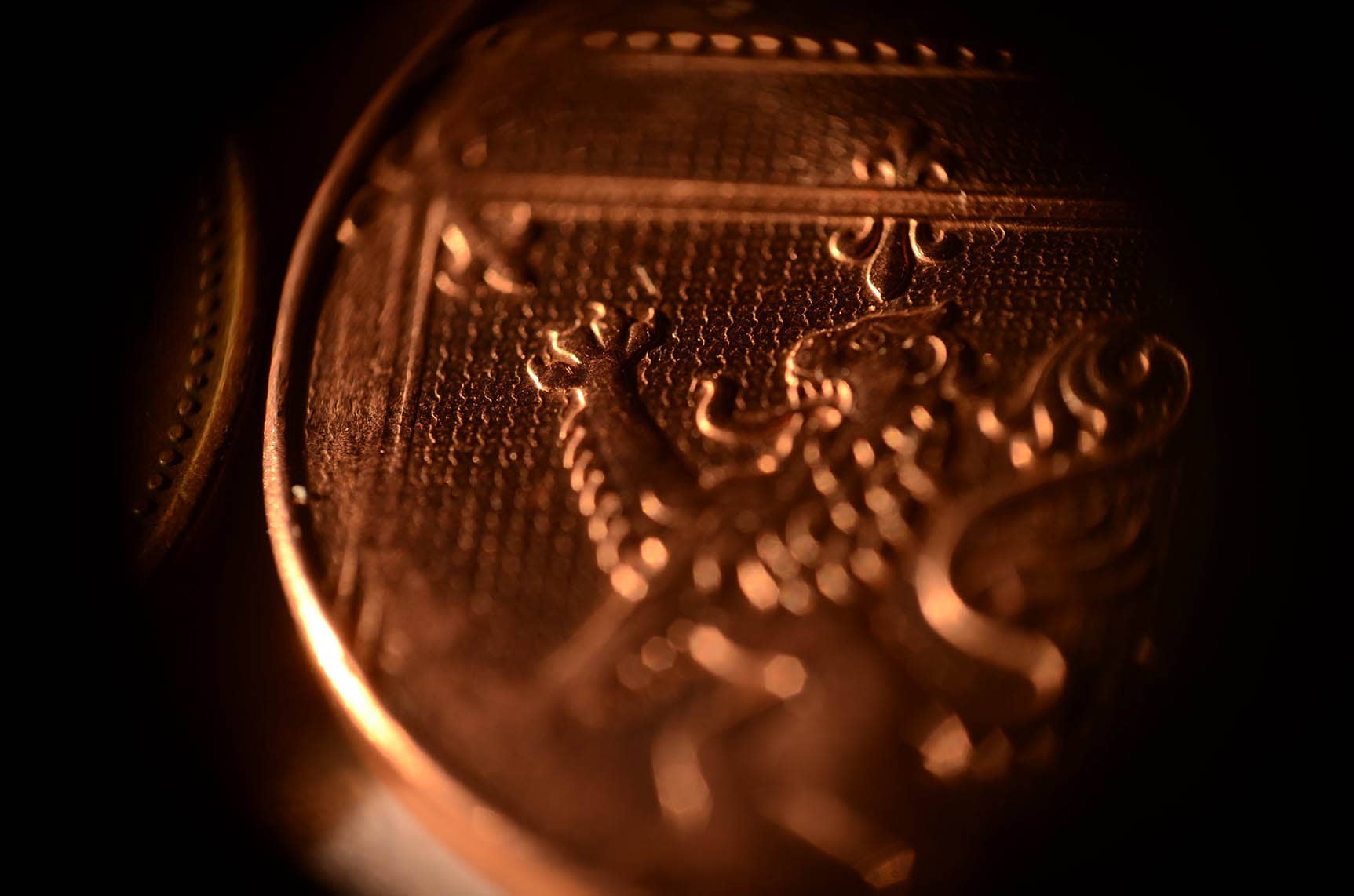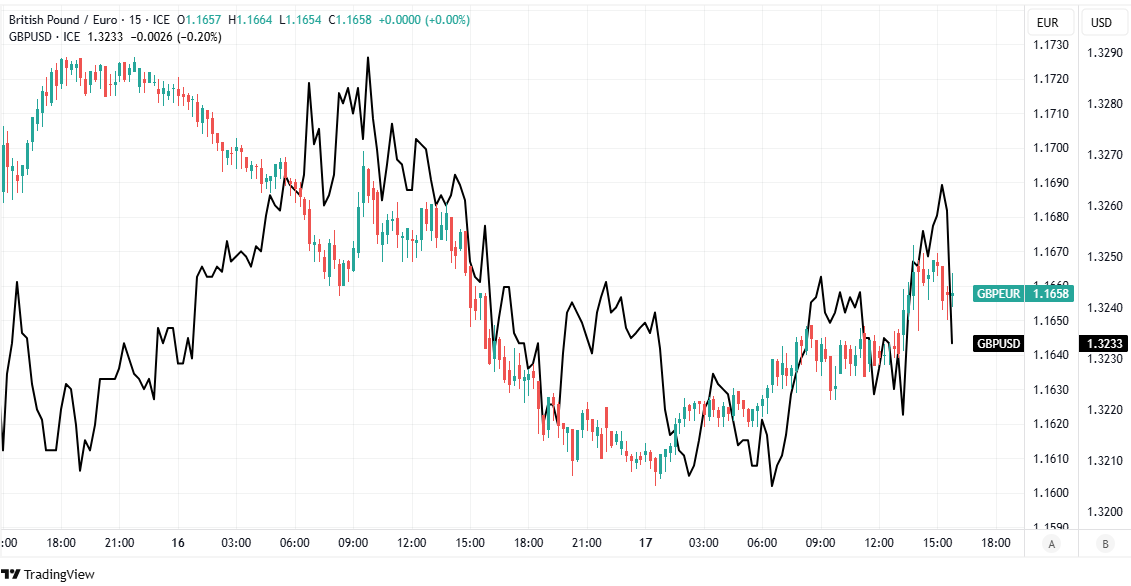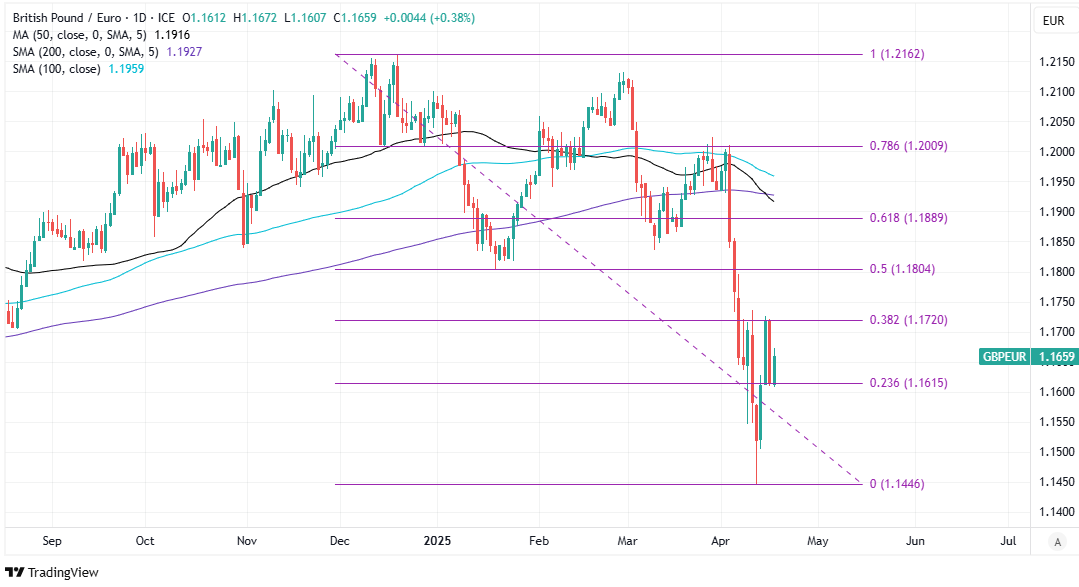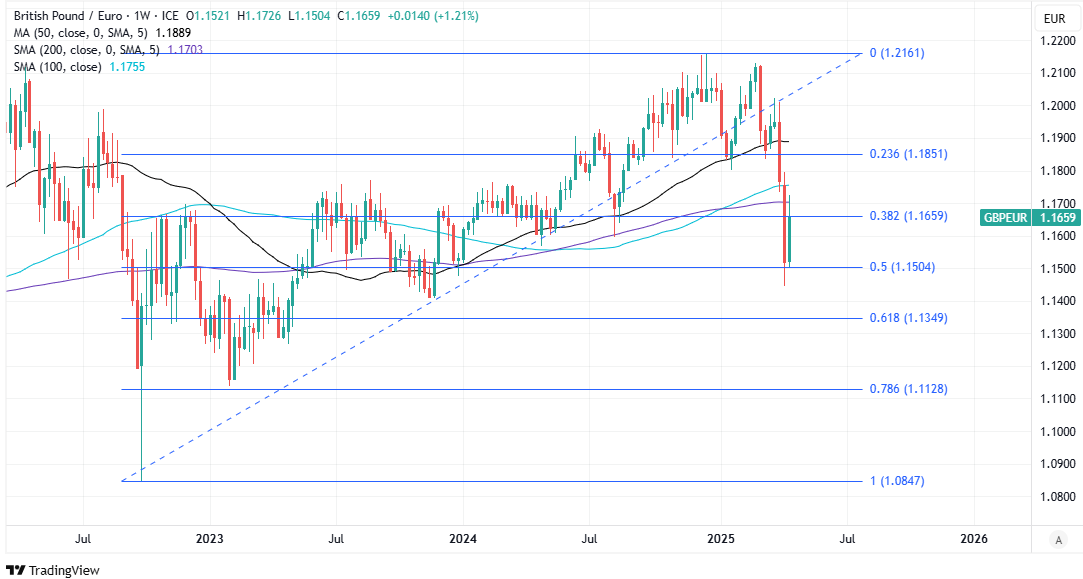
Image © Adobe Images
The British Pound rose against the Euro and remained buoyant near intraday highs against the US Dollar on Thursday after the European Central Bank cut its once-negative deposit rate, in line with economist and market expectations, and warned about the possible adverse effects of White House economic policy.
GBP/EUR traded up to 1.1672 in a rebound that saw it recover the remainder of the losses sustained late on Wednesday and GBP/USD climbed briefly above 1.3260 after the European Central Bank lowered its deposit rate 25 basis points, to 2.25%, in line with the economist consensus and expectations implied by swap prices.
“Downside risks to economic growth have increased. The major escalation in global trade tensions and associated uncertainties will likely lower euro area growth by dampening exports, and it may drag down investment and consumption,” says ECB President Christine Lagarde.
“Falling global energy prices and appreciation of the euro could put further downward pressure on inflation. This could be reinforced by lower demand for euro area exports owing to higher tariffs, and a re-routing of exports into the euro area from countries with overcapacity,” she adds.
Above: GBP/EUR at 15-minute intervals alongside GBP/USD. Click for closer inspection.
The buoyant show came as US Dollar fell broadly amid further declines in US stock and bond markets, while the Euro and Japanese Yen featured as relative laggards, and as the Swiss Franc underperformed.
Much of the press conference also focused on the possible effects of a White House economic policy that has seen the US and China trade blows with a series of escalating tariffs, and which could yet see a trouble between Washington and Brussels after tariff talks were said to have made little progress earlier this week.
“I wanted to mention something that nobody asked me about and [removed] I want to call your attention to one particular segment of our monetary policy statement, which we have debated and actually is a clear message from us central bank to the other European institutions,” Lagarde says.
“We do specifically mention with a special timetable associated with it and the swift implementation that we expect of the three categories of structural efforts on the part of Europe. One is the competitiveness compass, which is a derivative of the Draghi report. Number two is the investment and saving union which we have repeatedly called the capital market union, and number three is the digital Euro,” she adds.
Above: GBP/EUR at daily intervals with Fibonacci retracements of 2025 fall highlighting possible areas of technical resistance for Sterling. Click for closer inspection.
The exchange rate also drew questions from the media after the Euro rallied strongly alongside currencies of other current account surplus jurisdictions amid the widespread US Dollar sell-off that snowballed in the wake of the White House’s ‘Liberation Day,’ tariff announcement and amid its trade conflict with China.
“The euro has strengthened over recent weeks as investor sentiment has proven more resilient towards the euro area than towards other economies,” the bank says in its statement. “Adverse financial market reactions to the trade tensions could weigh on domestic demand and thereby also lower inflation. By contrast, a fragmentation of global supply chains could raise inflation by pushing up import prices.”
Possible capital repatriation by investors from current account surplus countries and the falling US Dollar have come in tandem with broad-based losses for the Chinese Renminbi and placed the trade-weighted Euro on an upward trajectory at a time when commercial competitiveness is a top concern for European policymakers.
GBP/EUR fell to 18-month lows on a 1.15 handle along the way, before rebounding somewhat over the first half of this week, leading it to test 1.1720 and the 38.2% Fibonacci retracement of the year-to-date fall on Wednesday, which sits between the 100 and 200-week moving averages at 1.1755 and 1.1703, respectively.
Above: GBP/EUR at weekly intervals with Fibonacci retracements of 2022 recovery highlighting possible areas of technical support for Sterling. Click for closer inspection.



